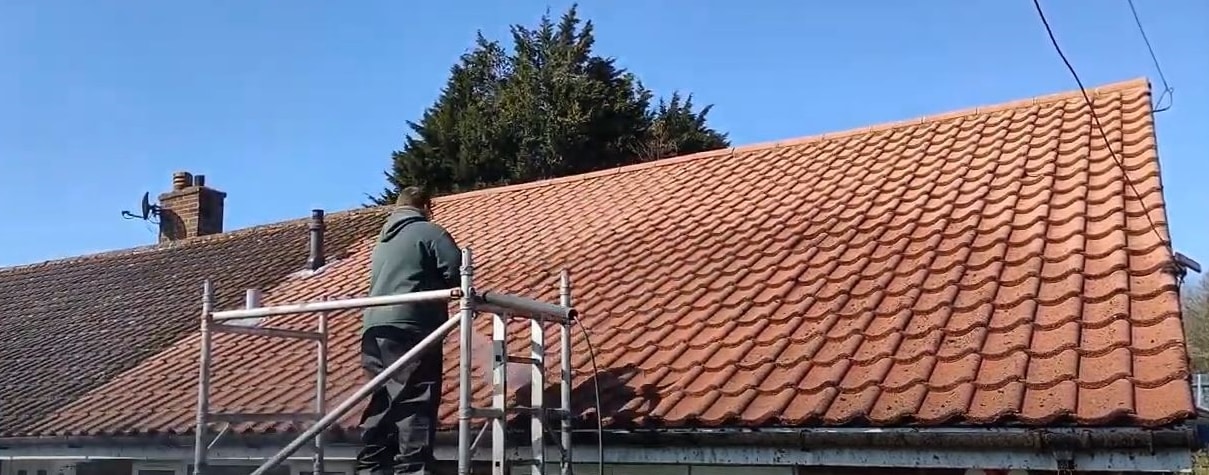Clark Construction employs 3D modeling, laser scanning to solve healthcare project challenges
5 min read
When it opens in 2023, a new health care facility for MedStar Georgetown College Healthcare facility in Washington, D.C., will function the most up-to-date health care and technological advancements.
The new 477,213-square-foot health-related and surgical making will function 156 affected individual rooms, 32 test rooms and a rooftop helipad with direct obtain to 31 working rooms. An intraoperative MRI procedure with a ceiling-mounted rail procedure connecting the diagnostic home and adjacent working rooms will deliver the MRI magnet directly to the affected person. In addition, the venture features a 600-car or truck, under-quality parking garage, 18 elevators and 6 acres of new eco-friendly house.
The web site is on the land of the former Kober-Cogan Building, which was shut down in May 2010 just after the discovery of mold in the setting up and beforehand experienced housed the hospital’s psychiatry division.
That presented distinctive problems for the undertaking crew, led by Bethesda, Maryland-based Clark Development. Miles of drinking water utility traces, quite a few of which were being not documented, ended up operating directly beneath the area of the new pavilion to feed the two MedStar Georgetown College Medical center and the Georgetown University campus structures. The venture team experienced to relocate these utilities outdoors of the developing footprint to allow for the job to commence.
“The Clark staff created and engineered a 250-foot-long utility bridge to assistance chilled drinking water and electrical solutions from the central utility plant to the present MedStar Georgetown Clinic,” said Bradley Hunter, job govt at Clark Construction Group. “The bridge installation needed shut coordination with mechanical and electrical contractors who put in the utilities on prefabricated racks which ended up then hung from metal beams measuring 60 toes, enabling excavation to start out under.”

Clark built a short-term utility bridge to aid active utilities for the existing medical center.
Authorization granted by Clark Development
Clark Construction, along with architects HKS and Shalom Baranes Associates, assembled a BIM model of the existing utilities. As design and style progressed and the essential composition and caisson places have been set, “we done extra borings at all caisson areas and further educated the BIM excavation design,” claimed Hunter.
This preliminary move permitted the Clark team to improved advise the charge model with regard to deep foundations and to start off revising the excavation program. With practically 1,000 piles to install for guidance during excavation, Clark recorded the true soil and utility situations encountered in authentic-time with every single pile and input the info into the BIM design. This significantly increased Clark’s comprehension of the site and authorized to continue on to revise and resequence the excavation strategy in advance of the subject crews, said Hunter.
“At the completion of pile set up, we were being capable to have a really comprehensive profile of the expected excavation well in advance of the final phase of excavation,” said Hunter. “With this information, we have been equipped to establish mitigation approaches in an energy to lower impacts to the significant path of the task.”
Crew turns to technological know-how on web page
Clark executed a preliminary study with conventional survey instruments, these kinds of as the Leica MS50, which combines full station operation, GNSS connectivity, electronic imaging and 3D laser scanning in a solitary instrument. The 3D engineering done checks of slab edges, precast concrete, joints and ground flatness. The technological know-how also coordinates current buildings to conduct tie-ins with the façade.
Right after completing and location study command points close to the web page, the team started the scanning and format process, said Kathleen Lavelle, undertaking supervisor at Clark Design Team.
“For 3D laser scanning, we use our Leica MS50 all over again which has total scanning capabilities. We use our survey command details to tie the scanning details into web-site coordinates. Following scanning is finish, Leica’s Infinity software is applied to cleanse up the scan,” stated Lavelle. “This can be exported to unique file formats dependent on the software package becoming utilised to operate with the info.”
The study staff employed Leica MultiWorx, an include-on application to Autocad Civil 3D. This scan info can be utilised to make existing problems and as-crafted drawings as necessary.
Taking care of an influx of people
Because of to its location adjacent to a university and health care middle, the Clark team experienced to consider of answers to take care of the flow of students, sufferers and readers, particularly early in the COVID-19 pandemic to account for social distancing rules.
To do this, the design workforce constructed a momentary pedestrian bridge to manage accessibility along the east facet of the jobsite. Moreover, an on-website batch plant, producing far more than 35,000 cubic yards of concrete, helped with site visitors congestion by lessening the selection of deliveries to the undertaking site. The plant taken out an estimated 3,500 vans off the street as perfectly as making sure concrete high quality on web page, according to Lavelle.
Taking away trucks from the road also assisted lower sound degree, a further problem as the construction web site is in near proximity to several residential neighborhoods, mentioned Andree Yaap, job govt at Clark Design Group.
Clark also labored intently with the HKS and operator to evaluate which venture features could be produced offsite. Employing a official scoring and evaluation system, the crew chosen aspects to prefabricate based mostly on what would offer the most gain to the undertaking, mentioned Yaap.
The venture includes more than 700 prefabricated resources, which includes 156 toilet pods, running room ceilings, client headwalls, electrical rooms, medical rooms, MEP skids and racks, and inside partitioning, stated Yaap.

A line of individual rest room pods all set to be set up.
Authorization granted by Clark Development
Developing factors were being produced across the country, with lavatory pods becoming crafted in Texas, running space ceilings staying created in Oregon, headwalls currently being designed in Oklahoma and wall panels becoming designed in Virginia, said Yaap.
“Clark’s endeavours have assisted to expedite schedules and decrease charges,” said Yaap. “Other positive aspects consist of increased good quality ensuing from assembly in a controlled setting, the reduction of development activity on web-site and a reduction in sounds degrees, community website traffic and congestion.”







.jpg)